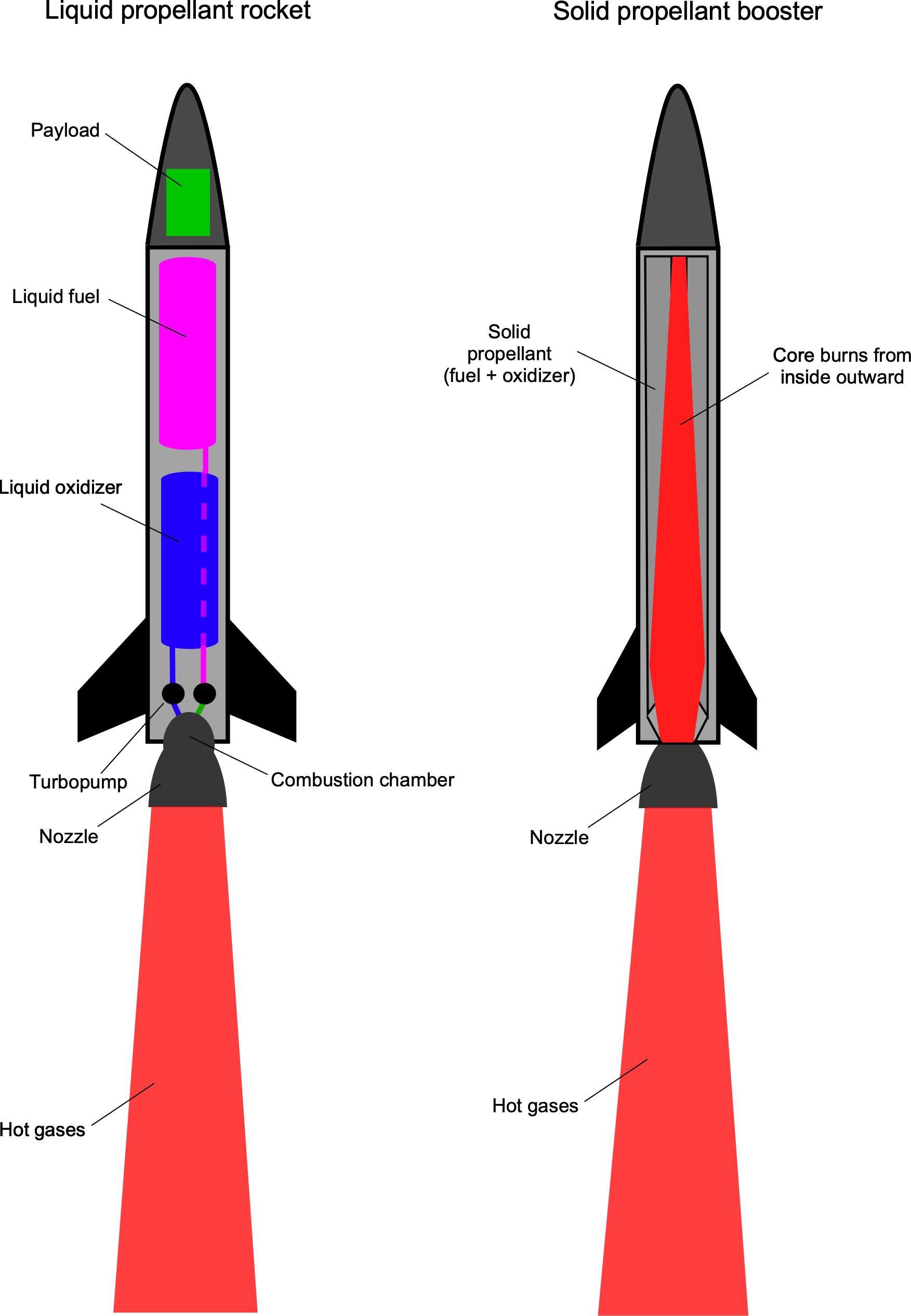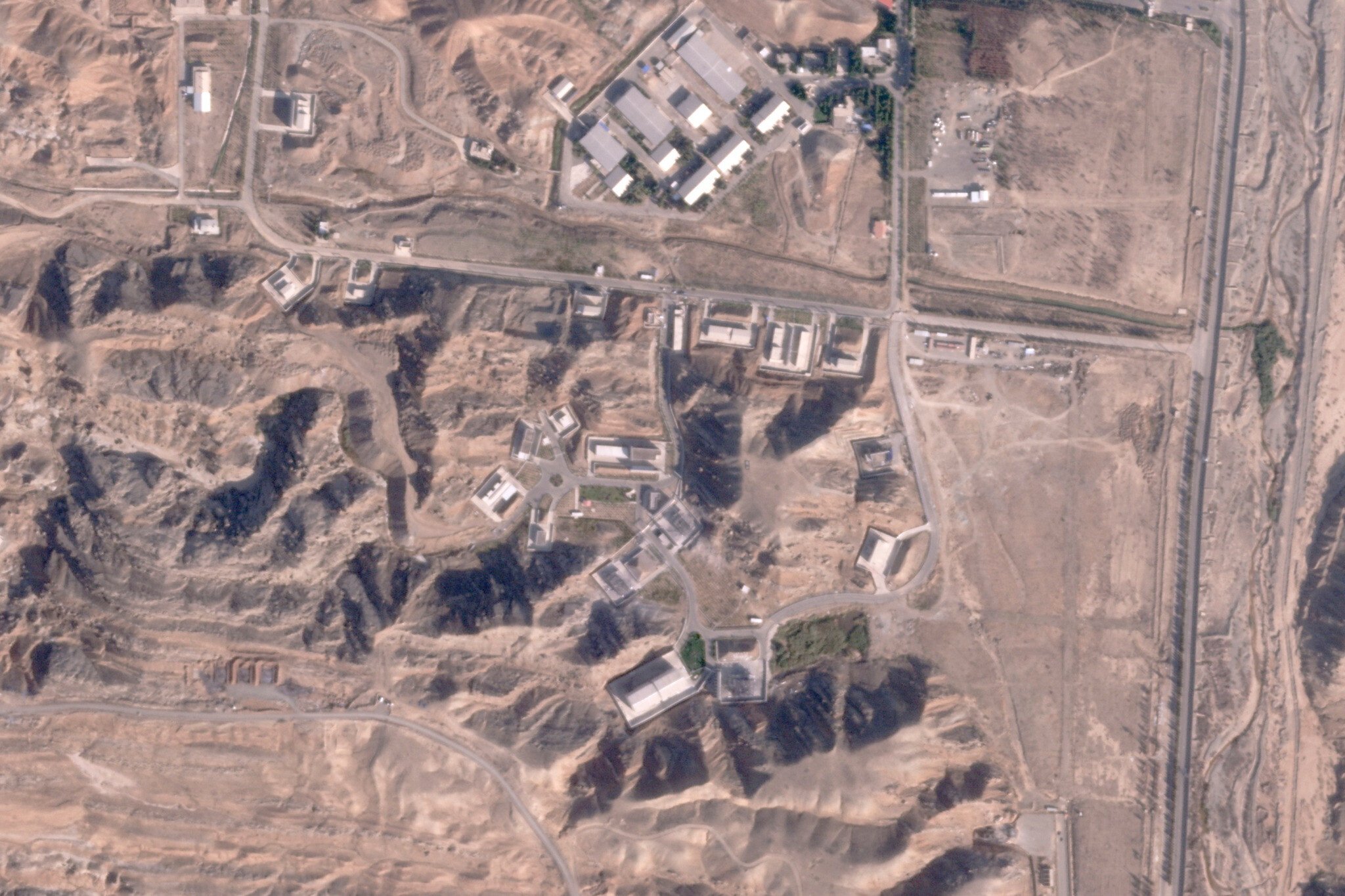
Iran Moves Missiles to Launch Position as US Vows Economic Destruction in Escalating Standoff
Missiles Below, Markets Above: Iran’s Escalating Posture and Washington’s Economic Siege Spark a Global Risk Recalibration
A Dangerous Game of Deterrence Unfolds Beneath the Surface of the Middle East
In the waning hours of a quiet Sunday, a cryptic but thunderous signal jolted global security desks: Iran’s state-aligned Tehran Times declared via social media that its missiles were now loaded onto launchers in all underground missile cities, ready to launch at any time.

The threat was neither subtle nor isolated. It came just shortly after U.S. Congresswoman Elise Stefanik asserted in an interview that President Donald Trump would renew his campaign of "maximum pressure" with a singular aim — “to completely destroy the Iranian economy.”
This trans-regional volley of words is not just rhetoric. It’s a profound escalation in a geopolitical standoff now spiraling into a high-stakes convergence of military brinkmanship, economic warfare, and global investor anxiety.
Missile Cities and Muted Warnings: Iran's Strategic Messaging Goes Underground
Far beneath Iran’s rugged terrain lies a labyrinth of concrete and steel: underground missile cities fortified to conceal, store, and if necessary, unleash one of the world’s most extensive ballistic arsenals.

Recently showcased to Iranian media, these vast subterranean complexes feature an array of medium-range ballistic and land-attack cruise missiles—including the Kheibar Shekan, Paveh, and Emad—ready to be fired from hardened silos via rapid deployment systems. More than 3,000 missiles reportedly form the backbone of Iran’s arsenal, most upgraded with solid-fuel propulsion, enabling near-instant readiness.
Comparison of Solid-Fuel and Liquid-Fuel Missiles
| Feature | Solid-Fuel Missiles | Liquid-Fuel Missiles |
|---|---|---|
| Ease of Use | Preloaded; ready for immediate launch | Requires fueling before launch |
| Thrust | High thrust | Moderate thrust but higher efficiency |
| Specific Impulse | Lower | Higher |
| Throttle Control | Fixed burn rate | Adjustable throttle |
| Complexity | Simple design | Complex systems (e.g., turbopumps) |
| Preparation Time | Minimal (ready to deploy) | Longer (requires fueling) |
| Applications | Military (e.g., ICBMs) | Space exploration; large payloads |

But the stark claim of “readiness” raises a critical question: is Iran preparing to strike, or signaling that it’s prepared not to?
Some defense analysts view this as classic deterrence theater. “The phrase ‘ready to launch’ is less a forecast of imminent action than a message to adversaries,” said one Middle East-focused intelligence analyst. “It’s about raising the cost of confrontation.”
Did you know that deterrence theory plays a crucial role in international relations by preventing aggressive actions through threats of retaliation? This concept relies on demonstrating both the capability and willingness to use force, acting swiftly, and inflicting significant punishment to discourage future violations. Deterrence can be direct, protecting a state from aggression, or extended, safeguarding allies. Historically, it has been effective in preventing nuclear conflicts, as seen during the Cold War, but its reliability varies in non-nuclear scenarios. Despite its challenges, deterrence remains a vital strategy in modern global politics, adapting to new domains like cyber warfare and economic sanctions.
Others warn not to dismiss it too lightly. “The architecture of Iran’s missile program is built to survive first strikes and retaliate fast,” said another regional military expert. “In that sense, this statement isn’t mere optics—it’s strategic posturing with very real capabilities behind it.”
Economic Annihilation as Policy: U.S. Hawkish Rhetoric Returns
Across the Atlantic, the revival of a maximum-pressure doctrine is already reshaping Washington’s tone on Iran.
Elise Stefanik left little room for ambiguity. She indicated that President Trump plans to maintain maximum pressure on Iran with the aims of devastating Iran's economy while prioritizing peace in the Middle East.
Her statement signals a return to economic shock therapy—cutting Iran off from global banking, paralyzing its energy exports, and isolating its financial system. Yet while the goal is to neutralize Iran’s nuclear ambitions and missile proliferation, critics argue this strategy may be counterproductive.
Table: Iran's Real GDP Growth Rate (Annual %) Over the Last Decade
| Year | Real GDP Growth (%) |
|---|---|
| 2024 | 3.40% |
| 2023 | 4.95% |
| 2022 | 3.78% |
| 2021 | 4.72% |
| 2020 | 3.33% |
| 2019 | -3.07% |
| 2018 | -1.84% |
| 2017 | 2.76% |
| 2016 | 8.82% |
| 2015 | -1.42% |
“A policy designed to ‘completely destroy’ a nation’s economy runs the risk of destroying the diplomatic architecture that could stabilize the region,” said a Washington-based sanctions expert. “Historically, economic strangulation emboldens hardliners rather than weakening them.”
The stakes, experts warn, aren’t just humanitarian or diplomatic—they’re strategic. “By cornering Iran, you risk triggering exactly the behavior you want to avoid—military escalation, asymmetric retaliation, or closer alignment with Russia and China,” said one former intelligence official.
Asymmetric warfare describes conflict between actors possessing significantly unequal military strength or resources. Typically, the weaker side utilizes unconventional strategies and tactics, such as guerrilla warfare or cyberattacks, to exploit the vulnerabilities of the stronger opponent and negate their conventional military advantages.
Brinkmanship Meets Reality: A Complex Landscape of Capabilities and Limits
Iran’s military doctrine emphasizes layered deterrence—conventional missiles, asymmetric tactics via proxies, and hardened infrastructure that defies easy targeting. But vulnerabilities persist.
Some facilities, experts caution, suffer from “over-optimization” for deterrence rather than survivability. Poor shielding from kinetic attacks or electronic warfare could trigger secondary detonations, creating cascading failures across launch networks.

Moreover, while missile technology has improved, questions remain over Iran’s command-and-control resilience. “A dense arsenal is only as effective as the system that governs it,” said a European defense policy consultant. “If you decapitate the command chain, deterrence evaporates.”
Still, the sheer volume and geographical dispersion of Iran’s missile bases—especially in hardened terrain—poses a formidable challenge to preemptive or retaliatory strikes. “Even limited engagement could trigger a wider regional war,” warned one Gulf-based security advisor.
Table: Summary of Iran's Missile Reach and Capabilities (2025)
| Missile System | Type | Range | Payload | Key Features |
|---|---|---|---|---|
| Khorramshahr (Kheibar) | Liquid-fueled MRBM | 2,000–3,000 km | 1,500 kg | Potential IRBM capability with lighter payloads. |
| Kheibar-Shekan | Solid-fuel MRBM | 1,450 km | Precision-guided | Introduced in 2022; high maneuverability. |
| Fattah | Hypersonic MRBM | ~2,000 km | High-speed warhead | Hypersonic missile unveiled in 2023. |
| Zolfaghar | SRBM | ~700 km | Conventional | Used in regional conflicts; highly accurate. |
| Dezful | SRBM | ~1,000 km | Conventional | Enhanced range over Zolfaghar. |
| Cruise Missiles | Various types | ~2,000 km | Conventional | Capable of reaching Israel within 15 minutes. |
Markets on Edge: War of Words Triggers Global Risk Realignment
While missiles remain sheathed in bunkers, global markets have already begun to recalibrate.
Oil’s New Reality: Supply Chains on a Knife’s Edge
Any military activity in or around Iran reverberates instantly through energy markets. Iran’s proximity to the Strait of Hormuz—a chokepoint for nearly a fifth of global oil shipments—means that mere threats can spike crude prices. Traders are already modeling $20–$30/barrel swings under limited-conflict scenarios.

Summary of Brent Crude Oil Price Volatility During Major Middle East Geopolitical Events
| Period/Event | Key Middle East Geopolitical Event(s) | Impact on Brent Crude Price/Volatility |
|---|---|---|
| 1973-1974 | Yom Kippur War & Arab Oil Embargo | Prices surged sharply (from ~$25/barrel to ~$68/barrel) due to supply disruptions and embargo. |
| 1979-1980 | Iranian Revolution & Start of Iran-Iraq War | Prices jumped significantly (from ~$68/barrel to over $150/barrel) due to reduced Iranian production and global supply concerns. |
| 1990-1991 | Iraqi Invasion of Kuwait & First Gulf War | Prices spiked (from ~$65/barrel to over $90/barrel) but fell after US-led intervention. |
| 2003-2008 | US Invasion of Iraq & Rising Regional Tensions | Sustained price rise due to geopolitical uncertainty and increasing demand, peaking at $147.50 in July 2008. |
| 2022-Present | Israel-Hamas Conflict, Iran-Israel Tensions, Red Sea Attacks | Periodic price spikes due to supply disruption fears, but tempered by ample global supply, suggesting a weakening link between Middle East risks and oil prices. |
“Pricing geopolitical risk is now a daily requirement,” said one commodities strategist. “We’re watching tanker traffic and satellite imagery as closely as we monitor earnings reports.”
Defense Equities Surge: Hedge Funds Target Weapons Stocks
With Iran’s threat posture rising and U.S. rhetoric hardening, defense stocks have rallied. Suppliers of missile defense systems, satellite ISR (intelligence, surveillance, reconnaissance) technology, and cyber-hardened infrastructure are all seen as beneficiaries in this climate.
“The new reality is perpetual readiness,” noted a portfolio manager at a major hedge fund. “You don’t wait for war; you position for sustained escalation risk.”
Flight to Safety: Gold and Sovereign Debt Gain Ground
Investors are already seeking shelter in traditional safe havens. Gold prices have edged higher, while yields on U.S. Treasuries dipped slightly—a sign of cautious hedging amid geopolitical flux.
In emerging markets, particularly those exposed to Middle Eastern trade or investment flows, capital outflows are expected to intensify.
Strategic Risk or Strategic Realignment?
At the heart of this confrontation lies a paradox: both Iran and the U.S. are playing to their strengths—Iran through hardened missile deterrence, the U.S. through financial and economic dominance. Yet both strategies carry the seeds of miscalculation.
For the U.S., the pressure campaign might achieve economic degradation but also risks hardening Iranian resolve. For Iran, the threat of missile retaliation might deter strikes but could also isolate it further from potential diplomatic solutions.
Meanwhile, the regional power balance is shifting. Gulf nations are accelerating talks on joint missile defense. Israel is reportedly increasing its intelligence-sharing with Western allies. And Russia and China, both wary of U.S. economic weaponization, may deepen their security cooperation with Tehran.
This Is the Repricing of the Geopolitical World Order
This moment is not just about Iran or Trump or missiles in silos. It is the visible edge of a much deeper strategic recalibration.
Iran’s missile posture and the revival of U.S. economic warfare reveal a return to hard power calculations, where risk is not just measured in military lives but in market volatility, energy flows, and investor sentiment.
We are entering an era where words move missiles, and missiles move markets. Strategic foresight—be it in boardrooms, trading floors, or war rooms—has never been more essential.
As one veteran risk analyst put it: “This is no longer about red lines. It’s about trigger points. And we’re a lot closer to one than most people think.”